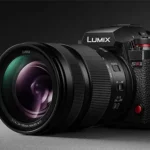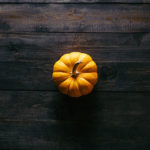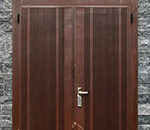The sandstone rock formations of the Wave, Arizona are some of the most sought after geologic photographic material in North America. Thousands of amazing night pictures have been taken of it over the years, no one had made the trek in to create a timelapse…until now:
The Wave—a site on many photographers’ bucket lists—combines undulating patterns, nearly surreal geologic formations, and an amazing spectrum of colors into one amazing landscape. Its sandstone walls are said to date back to the Jurassic Period—roughly 160-180 million years ago. Centuries of wind and water have carved, smoothed, and uncovered the smooth, striped sandstone and the night skies shine like only desert night skies can. A perfect place for shooting stellar timelapse photography!
So if the Wave is so famous, why haven’t there been night-time timelapses made before? Well, access to the Wave is severely restricted—only 20 people per day are allowed entrance. Ten of the permits are available in advance by an online lottery (conducted a full four months before the month you want to go!). The remaining ten permits are made available by lottery the day before you want to go. In fact, from March through November your chances of getting in are less than 50 percent! Add to this the fact that neither camping nor campfires are allowed and that the six mile hike in can be grueling with all the water and the gear you have to haul, and suddenly doing timelapse (especially with a dolly) seems far less appealing. Still, independent filmmakers Gavin Heffernan and Harun Mehmedinović managed to snag over 10,000 stills captured over the course of two different trips.
So what gear did they bring in? Gavin says he likes to shoot with “two cameras simultaneously for ‘total coverage,'” and for him that means a Canon E0S 6D and a Canon 5D Mark II with very wide, fast lenses (usually a Canon L Series 24mm f/1.4 and a 28mm f/1.8). For night sky shots he’s generally shooting between 25- and 30-second exposures per picture, which means the shooting time can really add up to a long night! There’s at least one panning shot here that looks like he could have lugged a dolly all the way in—iif he did it would be a Dynamic Perception Stage Zero dolly. His post-production is done on a Mac with QuickTime, Final Cut, and Starstax (a freeware program for manipulating star trails).
Altogether it makes for some brilliant shooting, particularly as the star trails and rock trails collide!
Like This Article?
Don't Miss The Next One!
Join over 100,000 photographers of all experience levels who receive our free photography tips and articles to stay current:









Leave a Reply